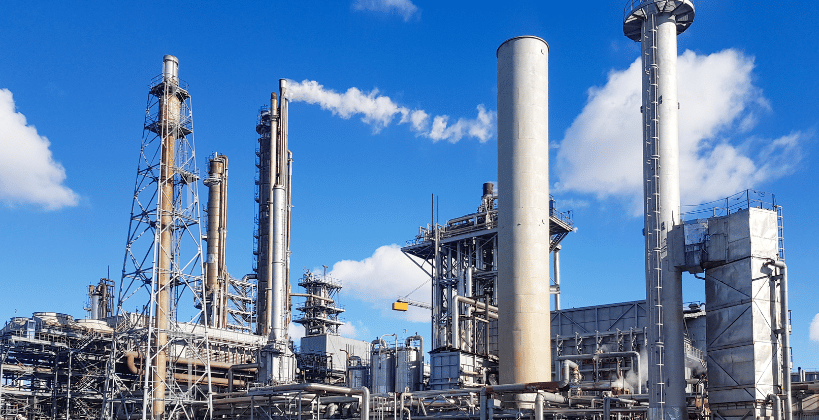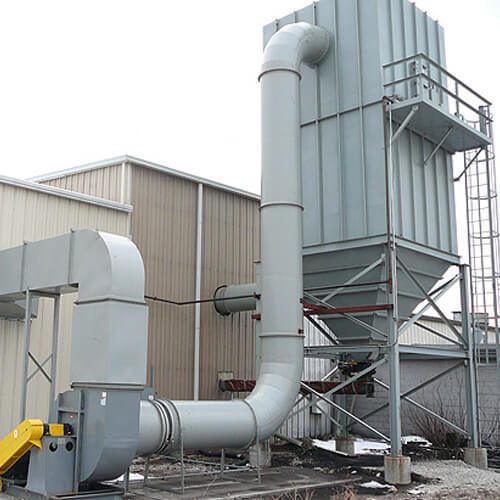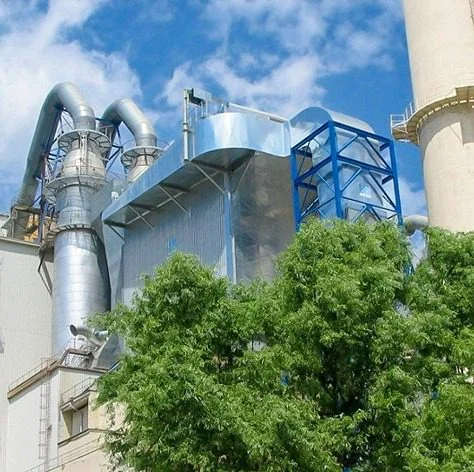In our increasingly industrialized world, clean air is becoming a precious commodity. We’re constantly bombarded with pollutants from factories, power plants, and other industrial processes. Thankfully, clever engineering has given us tools to combat this, and one of the unsung heroes in the fight for cleaner air is the electrostatic precipitator (ESP) system.
Think of it as a high-tech air purifier on a massive scale. While it might sound complicated, the core principle is surprisingly simple and effective. Let’s break down what an ESP system is, how it works, and why it’s so important for our environment and health.
What is an Electrostatic Precipitator (ESP) System?
At its heart, an ESP system is a filtration device that removes particulate matter – that is, tiny solid particles and liquid droplets – from a gas stream, typically industrial exhaust. Instead of relying on traditional filters that can clog and become ineffective, ESPs use the power of electricity to trap these pollutants.
Imagine a powerful magnet attracting iron filings. An ESP system does something similar, but with electrically charged particles instead of magnetic ones.
How Does it Work? A Step-by-Step Breakdown:
The process inside an ESP system unfolds in a few key stages:
- Charging the Particles (Ionization): The dirty gas stream enters the ESP. Here, it passes through a section containing high-voltage discharge electrodes, also known as “discharge wires.” These electrodes generate a strong electrical field, which ionizes the gas molecules around them. As a result, the particles in the gas stream pick up a negative charge. Think of it like giving each tiny pollutant a negative tag.
- Collecting the Charged Particles (Collection): The negatively charged particles then flow through a collection section consisting of positively charged plates. Because opposite charges attract, the particles are drawn to these plates like moths to a flame. They stick to the plates, effectively removing them from the gas stream.
- Removing the Collected Particles (Rapping): Over time, the collection plates become coated with the captured pollutants. A “rapping” system is used to remove this accumulated dust. This involves mechanically shaking or vibrating the plates, causing the dust to dislodge and fall into collection hoppers located at the bottom of the ESP.
- Disposal of the Collected Dust: The collected dust, now a concentrated waste product, is removed from the hoppers and properly disposed of. This waste can sometimes be recycled or used in other industrial processes, depending on its composition.
- Clean Air Out: Finally, the now significantly cleaner gas stream is released into the atmosphere.
Fedezze fel megoldásaink kínálatát:
Why Are Electrostatic Precipitator Systems Important?
The benefits of using ESP systems are numerous and far-reaching:
- Jobb levegőminőség: This is the most obvious benefit. ESPs dramatically reduce the amount of particulate matter released into the atmosphere, leading to cleaner air and reduced smog. Imagine a city skies clearing up, and breathe easier.
- Reduced Health Risks: Particulate matter is a major contributor to respiratory problems, cardiovascular diseases, and other health issues. By removing these pollutants, ESPs help protect public health. Think of reducing the burden on our healthcare system and boosting the well-being of our communities.
- Környezetvédelem: ESPs help protect ecosystems from the harmful effects of air pollution, such as acid rain and damage to vegetation. This contributes to a healthier planet for future generations.
- Szabályzatnak való megfelelés: Many countries and regions have strict regulations regarding air emissions from industrial facilities. ESPs help businesses comply with these regulations, avoiding fines and penalties.
- Energiahatékonyság: Compared to some other air pollution control technologies, ESPs can be relatively energy-efficient, leading to lower operating costs.
- Sokoldalúság: ESPs can be used in a wide range of industries, including power generation, cement production, steel manufacturing, and waste incineration.
Different Types of ESP Systems:
While the basic principle remains the same, there are different types of ESP systems tailored to specific applications:
- Dry ESPs: These are the most common type, used for removing dry particulate matter.
- Wet ESPs: These use a liquid spray to help capture particles, making them suitable for removing sticky or corrosive substances.
- Plate-Type ESPs: These use flat plates as collection surfaces.
- Tubular ESPs: These use cylindrical tubes as collection surfaces.
The Future of Electrostatic Precipitator Systems:
As environmental concerns continue to grow, the demand for effective air pollution control technologies like ESPs is only going to increase. Ongoing research and development in this field are focused on:
- Improving efficiency: Making ESPs even better at capturing particulate matter.
- Reducing energy consumption: Making ESPs more energy-efficient and sustainable.
- Developing new materials: Creating more durable and effective collection plates.
- Integrating with other technologies: Combining ESPs with other air pollution control systems for even greater effectiveness.
In Conclusion:

Electrostatic precipitator systems are an essential part of modern environmental protection strategies, serving as a powerful solution in our ongoing efforts to combat air pollution. These systems utilize the power of electrostatic forces to effectively capture and remove fine particulate matter—such as dust, smoke, and fly ash—from industrial exhaust gases before they are released into the atmosphere. This process not only helps industries meet stringent environmental regulations but also plays a crucial role in reducing the harmful effects of air pollution on public health, including respiratory and cardiovascular diseases.
By ensuring cleaner emissions, electrostatic precipitators contribute significantly to maintaining ecological balance and supporting global sustainability goals. They are especially critical in sectors like thermal power generation, cement manufacturing, steel production, and waste incineration, where high volumes of pollutants are generated daily. While they may operate behind the scenes and lack the visibility of other green technologies, their impact is both far-reaching and profound. In a world increasingly focused on reducing carbon footprints and improving air quality, electrostatic precipitator systems remain a key pillar in building a cleaner, healthier, and more sustainable future for generations to come.






